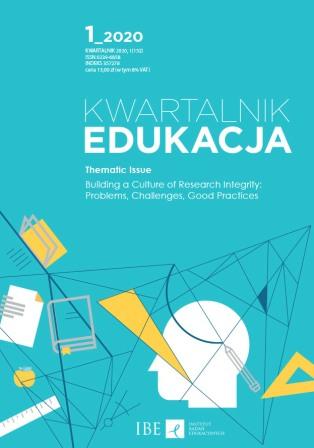Test Oceny Ręki Asystującej (AHA) jako narzędzie diagnostyczno-terapeutyczne w edukacji włączającej dzieci z jednostronnymi niedowładami ręki
Assistant Hand Assessment AHA TEST as a diagnostic and therapeutic tool in the inclusion education of children with unilateral hand paresis
Author(s): Dorota Podgórska-Jachnik, Jacek SzmalecSubject(s): School education, Neuropsychology, Inclusive Education / Inclusion, Pedagogy
Published by: Instytut Badań Edukacyjnych
Keywords: AHA test; cerebral palsy; diagnostic tools; hand therapy; inclusion education;
Summary/Abstract: Cerebral palsy (CP), including hemiplegia, one of the most common causes of physical disability and manual dysfunction, is not classified as a disability but as requiring educational support. An efficient hand is not only a condition of acquiring one of the basic school skills – writing, but also of the self-service and independence of the student. Pedagogues and therapists conducting classes with children with a paresis of one hand (e.g. as a consequence of CP or brachial plexus) can use the Assistant Hand Assessment (AHA). This tool has a diagnostic and therapeutic character because it allows the initial state of functioning of the assistant and the final hand after the end of rehabilitation therapy to be determined. At the same time, the tool highlights areas of special attention, which allows one to design an effective therapeutic program. The test was used in practice by the authors to assess the initial state of the functioning of the assistant’s hand, the final state and to design therapy for three eleven-year-old boys with CP. The usefulness of the tool was demonstrated in case studies describing the results of the three-month treatment for each child. This description can be used as a diagnostic pattern, which is part of the multidisciplinary evaluation of the pupil’s performance level used in inclusive education. The concept of an assistive hand should also be learned by pre-school and early school education teachers who are shaping the key manual skills of the child (writing), as well as by psychologists and pedagogical therapists diagnosing the lateralization of the child for educational purposes.
Journal: EDUKACJA
- Issue Year: 148/2019
- Issue No: 1
- Page Range: 111-130
- Page Count: 20
- Language: Polish

